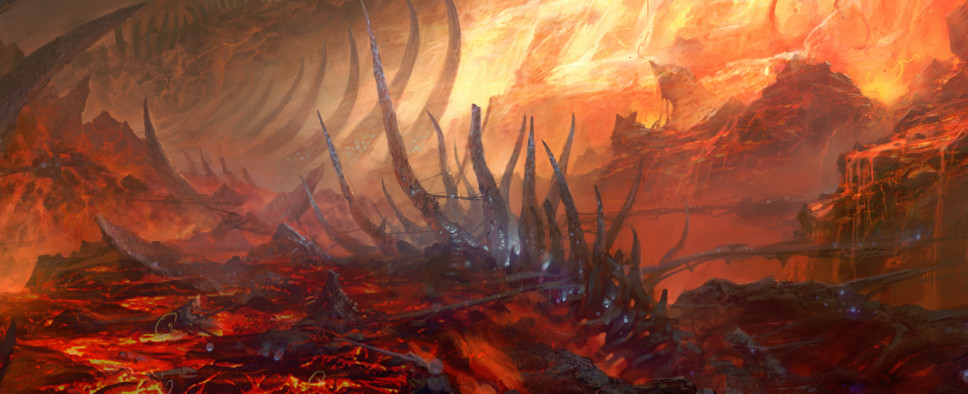George Ziets Interview, Part Two
-
Category: News ArchiveHits: 5049

Murnane: Are there development teams such as art, level design or technical that tend to make more demands on the writer? Tend to place more constraints on what the writer can do?
Ziets: On most games, level design is the department that works closest with writers. Level designers and writers are always collaborating to create the minute-by-minute experience for players – it’s a constant back-and-forth process. Writers provide story and lore that the level designers use to create their levels, but it’s also common for level designers to request writing to support the gameplay. For example, a level designer might want to call the player’s attention to something important, so they ask the writer to add a dialogue line where someone makes a helpful comment. Or a level designer might realize that a quest doesn’t work very well as it’s currently designed, so the writer needs to rewrite some of the dialogue and quest text. This is very common in the later stages of production, when we start testing the game more intensively.
Artists need input from the writing team, too. Before they create a character, item, or location, artists may request a description of the asset – the more thorough the description, the better. A writer or designer is usually called upon to provide the description (and reference images), to answer questions from concept artists, and to evaluate early versions of art assets.
Working with artists is one of my favorite parts of the job – it’s fun to see your characters and locations brought to life, and artists will frequently surprise you with interesting twists that you weren’t expecting. Concept art almost always adds some new element to a character’s personality or enriches the story of a location.

